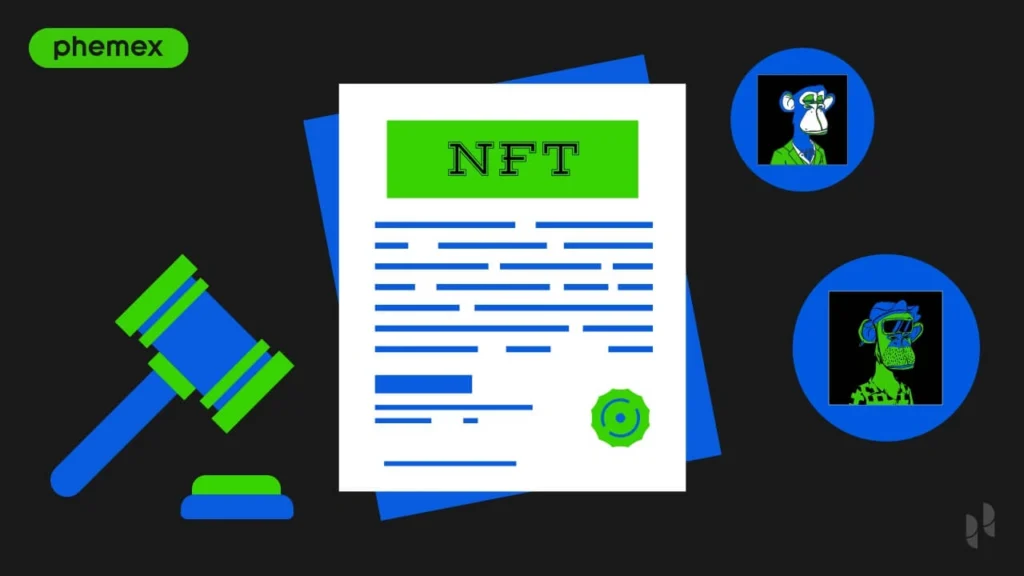5 Types of Whitelists (And How to Get On Them)
What Is Whitelist? 5 Types You’ll Probably Run Into (and How to Join)
Let’s talk about a term that gets tossed around constantly but rarely explained well—what is whitelist?
At its core, a whitelist is exactly what it sounds like: a list of people, accounts, emails, or IPs that are granted special access to something. If you’re on it, congrats—you’re in. If not, you’re probably stuck waiting outside the metaphorical club.
But here’s the deal: whitelists aren’t just one thing. There are different types depending on where you’re operating—tech, finance, Web3, email marketing—you name it. Each one works a little differently, and the way you get on them? Also varies. So instead of guessing, let’s break it down.
1. NFT Whitelists – Whitelist For Early Access to Drops
This is probably the flashiest type these days. In the NFT world, whitelists are all about early access to minting events. Projects often limit the number of NFTs available, and getting whitelisted means you can mint before the public sale.
How to get on:
Join Discord servers, follow project announcements, complete community tasks (think retweets, quizzes, or fan art). You gotta show up early and be active—lurkers don’t usually make the cut.
Pro tip: Sometimes just being part of the right online community can be enough. Connections matter more than you’d think.


2. Email Whitelists – For Getting Past the Spam Filter
Ever wonder why certain newsletters always land in your inbox, while others disappear into the void? That’s whitelist magic.
Email providers (like Gmail or Outlook) use whitelists to decide what’s not spam. If a sender’s email is whitelisted, it skips the junk folder entirely.
How to get on:
For individual users: ask your subscribers to add you to their contacts or approved senders list.
For businesses: build a solid sender reputation (low bounce rates, minimal spam reports), and use proper authentication like SPF and DKIM.
Heads up: It’s not automatic. Even if you’re legit, you might need to apply or optimize settings through your email service provider.

3. IP Whitelists – For Secure System Access
Tech teams use IP whitelisting to control who can access a server, application, or network. Basically, if your IP isn’t on the list, you’re not getting in.
How to get on:
If you’re part of a team or partner company, you’ll usually request access through the admin. They’ll add your static IP manually.
Why it matters: It’s an extra layer of security—and trust me, in enterprise environments, it’s a big deal.

4. Crypto Launch Whitelists – For Token Presales
In the DeFi and blockchain space, being whitelisted for a token launch or presale can mean big rewards. Early buyers often get better pricing, which can translate to big gains—if the project takes off.
How to get on:
Depends on the project. Some require KYC (know-your-customer) verification. Others ask for staking a certain token, or contributing to the community.
One catch: Not every launch is worth chasing. Some say whitelists can hype up otherwise shaky projects. Always do your homework.

5. App or Software Whitelists – For Permissions & Access
This one’s more behind the scenes. Companies whitelist certain apps or tools so they can be installed or run without triggering antivirus or security blocks. Same thing happens with URLs in corporate environments.
How to get on:
You’ll need to request access through IT or security teams, and usually prove that your app isn’t malicious—certificates and clean code help.
Sounds boring? Maybe, but it’s how a lot of everyday tech actually runs without constant hiccups.

Final Thoughts: What Is Whitelist and Why Should You Care?
So there you have it—five major types of whitelists and how to navigate each one.
What is whitelist, then? It’s not just one thing. It’s a digital key to different doors depending on the context. Sometimes it opens opportunities, sometimes it blocks threats. Either way, it’s good to know how to get on the list—before you realize you’re locked out.
Relevant news: What Is Whitelist? 6 Real-World Examples That Actually Matter




